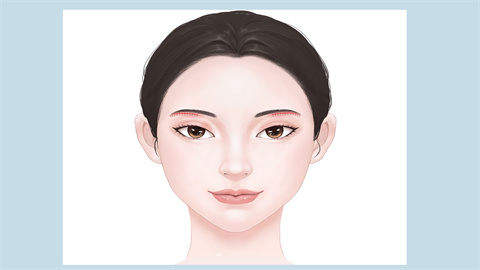How many picosecond laser sessions are needed to completely remove eyebrow pigmentation?
Generally, picosecond laser tattoo removal works by using high-energy ultra-short pulse lasers to instantly shatter the eyebrow tattoo pigments, allowing them to be expelled from the body through metabolism, thus achieving the goal of removing the tattoo pigments. The usual reference price for picosecond eyebrow removal ranges from 500 to 3000 yuan per session, and improvement is typically noticeable within 1-2 weeks. Picosecond eyebrow removal may require 2 to 5 sessions to completely remove the tattoo. Detailed analysis is as follows:

If the pigment used for the eyebrow tattoo is of high quality, deeply colored, or has been embedded in the skin for a long time and has become stubbornly deposited, more treatment sessions may be required for complete removal, potentially 2 to 5 sessions. Conversely, if the pigment is lighter, 2 to 3 sessions may be sufficient to achieve the desired tattoo removal effect.
Proper postoperative care, such as keeping the treated area clean, avoiding infection, and strictly applying sun protection, can help enhance the effectiveness of picosecond eyebrow removal and reduce the number of required treatments. Improper aftercare, leading to worsened pigmentation or complications such as infection, may necessitate additional treatment sessions.
It is recommended to visit a reputable hospital and undergo the procedure under the guidance of a qualified physician to ensure its safety and effectiveness. After the procedure, it is important to keep the treated area clean and dry. Before the scabs naturally fall off, do not scratch or forcibly peel them off to avoid infection or worsening of pigmentation.




